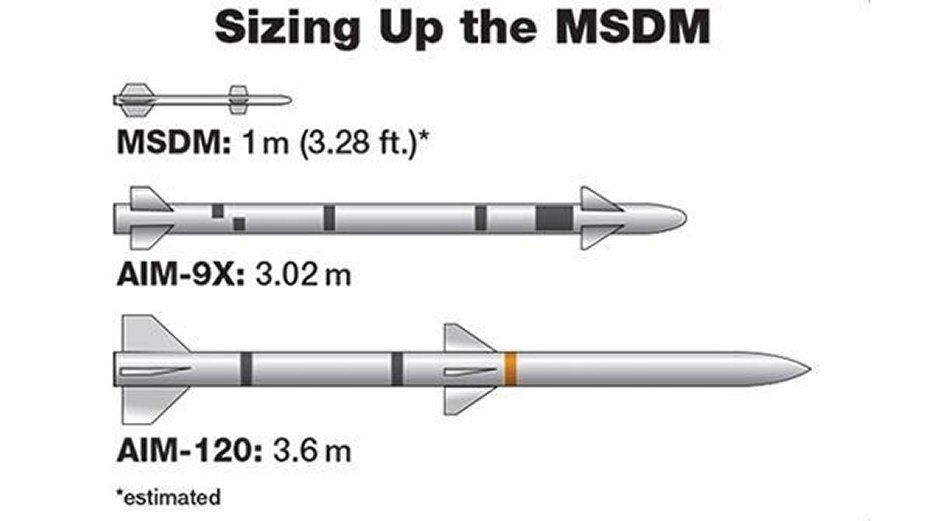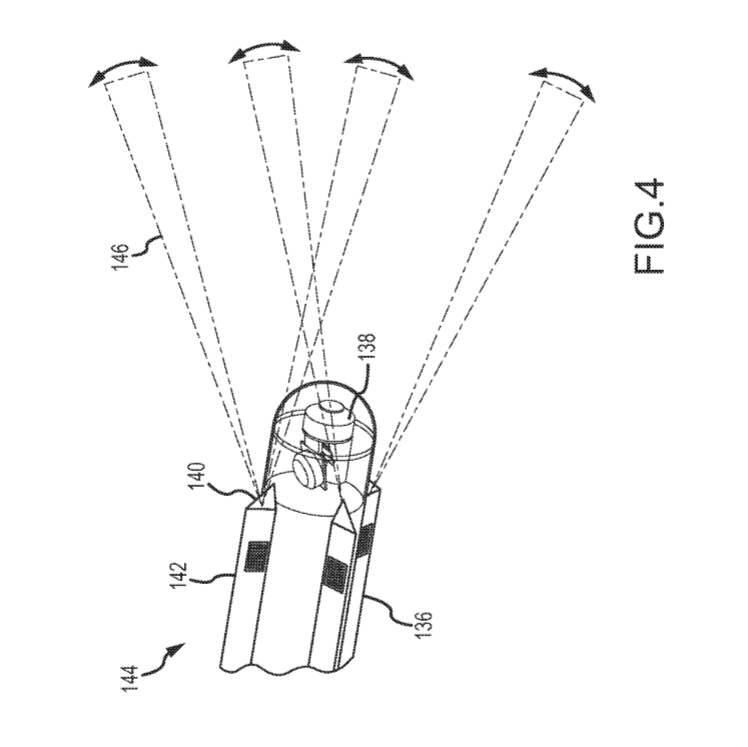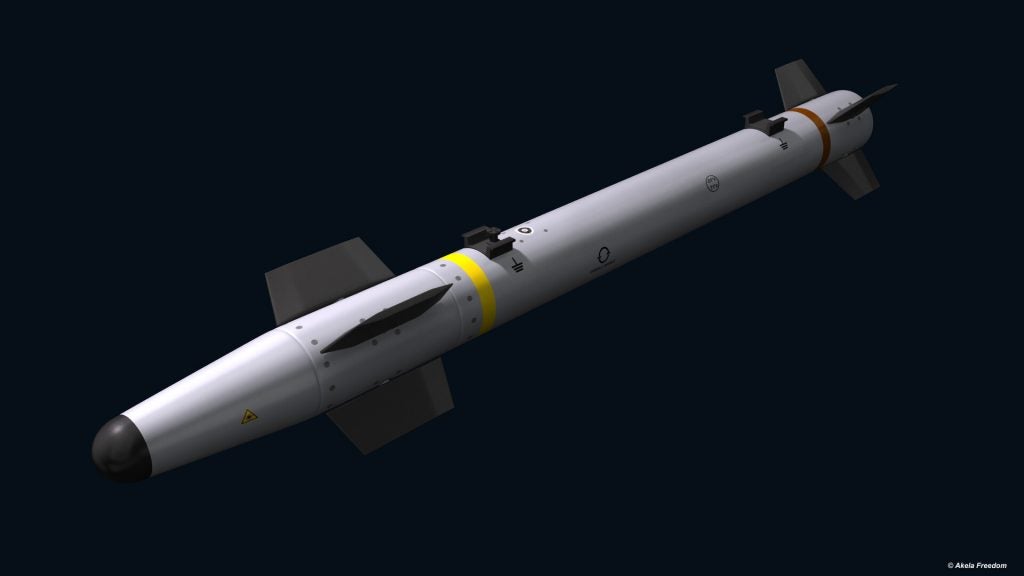Raytheon to Produce Air-Launched Anti-Missile Missile
The USAF is moving ahead with the development of the Miniature Self Defense Missile (MSDM) which will act as an air-launched defensive interceptor capable of destroying incoming missiles. MSDM will be carried aboard air superiority and strike aircraft that are expected to fly into heavily defended zones. Raytheon has been awarded a $375 million contract to deliver a flight test ready missile by 2023.
Currently, aircraft self-defense is limited to jamming pods and active decoys of both towed and free fall types. These are all soft kill measures that distract threat sensors to lure them from the host aircraft. While highly effective they may not remain so as weapon systems become more advanced. For example, next-generation missiles may combine both imaging IR and radar seekers to see through countermeasures. Israel’s Stunner missile already does this and has been carried onboard an F-16 in tests.
Hard kill measures are advantageous because they destroy the incoming missile no matter the threat sensor. However, they are dramatically more complicated, and air launching self-defense weapons brings many challenges. Unlike missile interceptors on ships or ground platforms that weigh around 300kg, aircraft weight constraints demand that the self-defense missiles be comparatively tiny at around 10-30kg. A specific requirement of MSDM is to avoid compromising payload capacity. Further difficulties include the fact that the host aircraft’s powerful sensor can’t be relied on for precisely tracking threats as they could on a ship. Combat aircraft radars only face forward forcing them to rely on passive tracking if the threat isn’t approaching from the front.
The first self-defense missile experiments began in the early 1960s involving the Pye Wacket program, intended to defend XB-70 from Soviet surface to air missiles. That particular program had the unique challenge of the XB-70s absurd Mach 3 cruise speed which resulted in a very bizarre disc-shaped missile able to be launched in any direction without tumbling out of control. Pye Wacket fell victim to defense cuts in the 1960s but the program was doomed anyway given the maturity of electronics at the time. In the 60 years that followed, no serious attempts have been made to create a self-defense missile (not unclassified efforts anyway). With the growing concern of a peer war were aircraft will have to venture into the vaunted A2AD (anti-access, area denial) zones the concept has been revived.

(Photo: Air Force Research Laboratory)
The MSDM program began conceptual development in 2015 resulting in a competition between Lockheed Martin and Raytheon. Northrop was also involved in seeker concept development. An emphasis was put on keeping the missile cost low so the munition can be expended in large numbers. Of key importance was creating a seeker effective enough to track incoming missiles but cheap enough for high volume production.
Few details are available but it seems Lockheed focused on using a radar seeker, which is typically expensive, while Raytheon opted for an IR seeker. Interestingly a patent was published by Raytheon in 2016 showing a missile head that combined an IR sensor with a distributed radar array. With the radar integrated into the control surfaces rather than the nose, much more space is freed up for an IR seeker. This would be especially useful for very small missiles, as is the case with MSDM. Whether this multi-mode seeker will be used is unknown and unlikely given the cost. However, having a passive RF seeker could be useful for detecting threat missiles by listening to their radar emissions.

While the USAF is moving ahead with flight testing MSDM the Navy remains in the conceptual study phase with its own Hard Kill Self Protection Countermeasure System (HKSPCS). The focus of this program is different and whether the two can become a joint effort is unclear. While the MSDM intends to defend fast jet aircraft that are penetrating into defended airspace the HKSPCS is to defend large and slow aircraft that operate in the rear area. With the proliferation of long-range missiles, these aircraft may become vulnerable even far away from the frontlines.
Europe is also looking to develop a similar system to MSDM known as HKAMS (Hard Kill Anti Missile System). The system is also known as HK-DAS (Hard Kill Defensive Aid Suite) and was displayed at the DSEI expo last year with the Tempest model.

